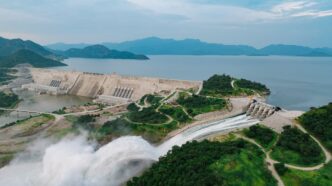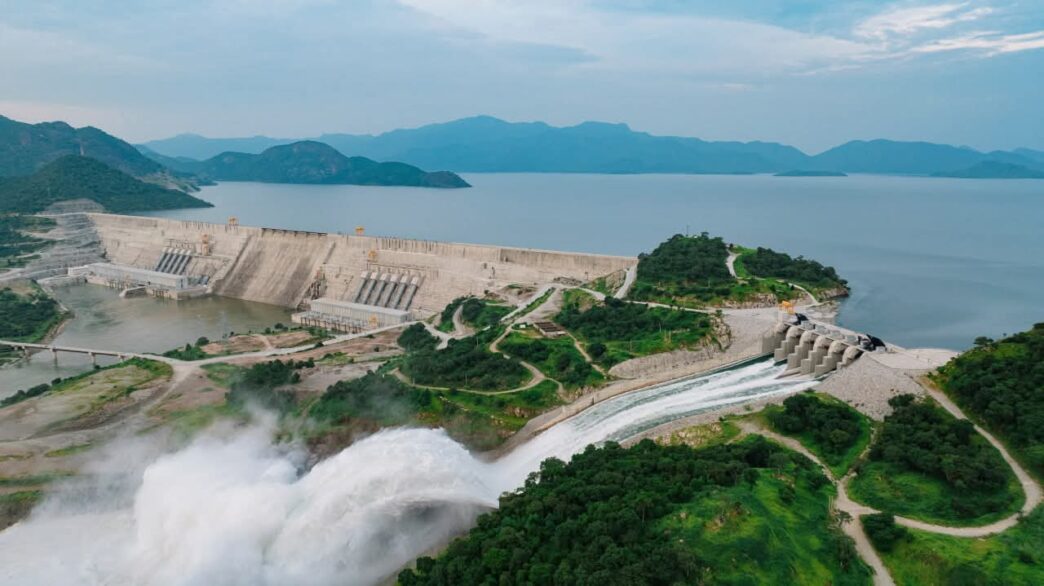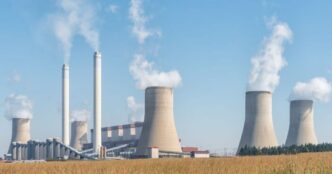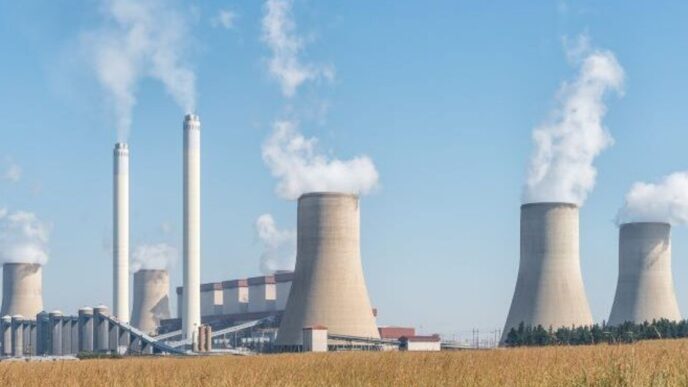Ethiopia’s Grand Renaissance Dam (GERD), officially inaugurated on Tuesday, has been ranked as the 15th largest in the world in terms of power generation, boasting a capacity of 5,150 megawatts, according to data from the US-based Global Energy Monitor.
The study, published in April and reviewed by AFP, highlights that only five countries – China, Brazil, Venezuela, Russia and Canada – operate dams of equal or greater capacity.
In Africa, the GERD surpasses the Kariba Dam on the Zambezi River, which has long been the continent’s most powerful hydroelectric facility. Commissioned in 1959, Kariba provides 2,130 megawatts of power to Zambia and Zimbabwe. Ethiopia’s new dam is expected to hold the continental record for the foreseeable future.
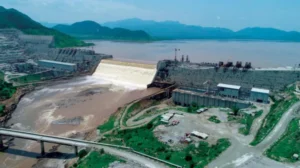
Another major African hydroelectric project, Inga III on the Congo River in the Democratic Republic of Congo, is still in its early stages of construction. It is projected to produce 4,800 megawatts, though the World Bank suggests its output could potentially reach 11,000 megawatts depending on the final design.
Standing at 170 metres, the GERD also ranks among the tallest dams in Africa, behind Ethiopia’s Gilgel Gibe III on the Omo River (243 metres) and the Katse Dam in Lesotho (185 metres).
Globally, China dominates hydroelectric power. The world’s largest dam is the Three Gorges Dam, producing 22,500 megawatts, followed by the Baihetan Dam, with a capacity of 16,000 megawatts. Both are located on the Yangtze River, a key driver of China’s rapid economic growth and efforts to reduce coal dependency.


 Trending
Trending 
